- What are Humates?
- Types of Humates
- Benefits of Humates for Plant Growth
- Role of Humates in Plant Growth
- 1. Improving Soil Structure
- 2. Enhancing Nutrient Availability
- 3. Stimulating Microbial Activity
- 4. Increasing Water Holding Capacity
- 5. Promoting Root Development
- Benefits of Using Humates
- How to Use Humates
- 1. Soil Amendment
- 2. Foliar Spray
- 3. Seed Treatment
- 4. Compost Enhancer
- 5. Hydroponic Systems
- Factors to Consider when Using Humates
- Potential Cautions of Using Humates
- 1. Potential Risk of Overuse
- 2. pH Adjustment
- 3. Environmental Impact
- 4. Compatibility with Other Inputs
- 5. Lack of Standardization
- Question-answer:
- What are humates?
- How do humates promote plant growth?
- Can humates be used on all types of plants?
- Are humates safe for the environment?
- Do humates have any negative effects on plants?
- Can humates be used as a substitute for fertilizer?
- Where can humates be purchased?
- Video: HUMIC ACID FOR PLANTS. DOES HUMIC ACID IMPROVE SOIL HEALTH? | Gardening in Canada
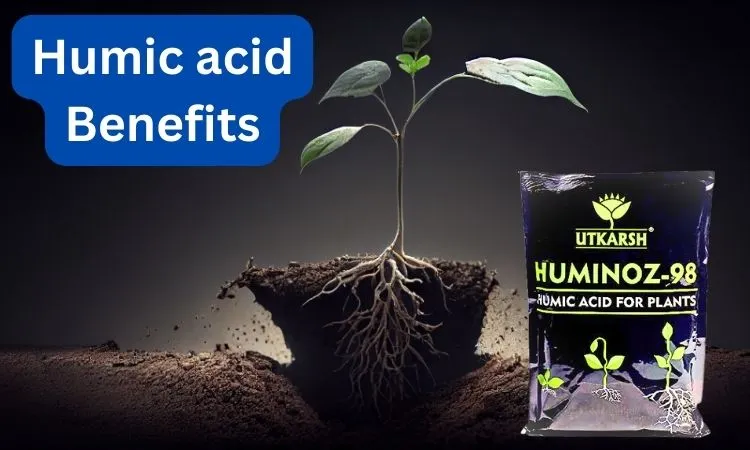
Humates, derived from decomposed organic matter, have been found to have numerous benefits for plant growth and development. These natural substances contain high levels of humic acid, which is a powerful plant growth stimulant. When applied to soil or used as a foliar spray, humates can improve nutrient uptake, enhance root growth, and increase crop yields.
One of the main benefits of using humates is their ability to improve soil structure and moisture retention. Humic acid acts as a binder, helping to create stable soil aggregates that resist erosion and compaction. This improves the porosity of the soil, allowing for better water infiltration and aeration. As a result, plant roots have easier access to water and nutrients, leading to healthier and more vigorous growth.
In addition to improving soil structure, humates also enhance nutrient availability for plants. Humic acid has the ability to bind with minerals and convert them into a form that is more easily absorbed by plant roots. This means that essential nutrients like nitrogen, phosphorus, and potassium are more readily available for plant uptake, resulting in improved plant nutrition. Humates also have the ability to chelate and stabilize micronutrients, further enhancing their availability to plants.
While humates have many benefits for plant growth, caution must be exercised when using them. Excessive application of humates can lead to nutrient imbalances and environmental problems. It is important to carefully follow recommended application rates and timing to avoid overuse. Additionally, the quality of humates can vary, so it is important to source them from reputable suppliers to ensure their effectiveness. Overall, when used properly, humates can be a valuable tool for enhancing plant growth and improving crop yields.
What are Humates?
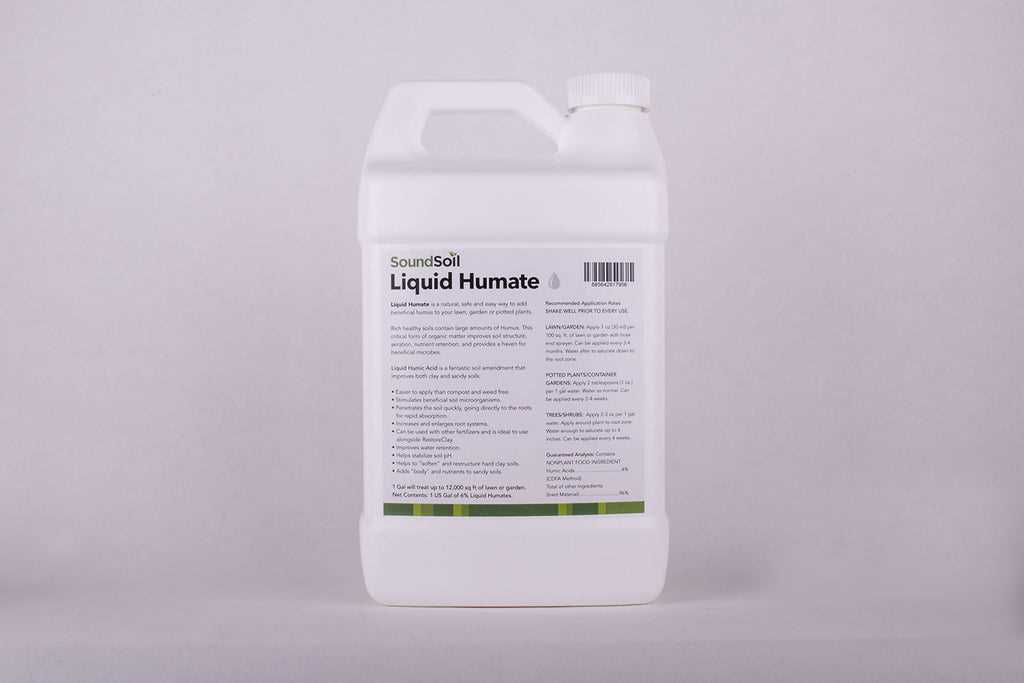

Humates are organic compounds that are derived from decomposed organic matter, such as plants and animals. They are a rich source of humic substances, which are complex molecules that play a crucial role in soil fertility and plant growth.
Humates are typically found in natural deposits, such as peat, coal, and lignite. They have been used for centuries in agriculture and horticulture due to their beneficial effects on soil and plant health.
Humates contain a variety of essential elements, such as carbon, hydrogen, oxygen, nitrogen, phosphorus, and trace minerals. These elements are released slowly into the soil, providing a long-lasting source of nutrients for plants.
Types of Humates
There are several types of humates, including:
- Humic acid: It is the most common form of humates and is derived from the oxidation of lignite or leonardite.
- Fulvic acid: It is a smaller molecule compared to humic acid and has a higher solubility. Fulvic acid is typically derived from decomposed plant matter.
- Humins: It is a non-soluble form of humic substances and is mainly composed of carbon. Humins are found in higher concentrations in older and more decomposed organic matter.
Benefits of Humates for Plant Growth
Humates offer several benefits for plant growth, including:
- Improved nutrient uptake: Humates enhance the availability and uptake of nutrients by plants, increasing their overall nutrient absorption and utilization.
- Enhanced root development: Humates stimulate root growth and development, resulting in a larger root system. This allows plants to access water and nutrients more efficiently.
- Increased soil fertility: Humates improve soil structure, water-holding capacity, and nutrient retention, leading to healthier and more fertile soils.
- Stress tolerance: Humates enhance plant resilience to environmental stressors, such as drought, heat, and disease.
- Improved seed germination: Humates promote faster and more uniform seed germination, leading to healthier and more vigorous plant growth.
However, it is important to note that while humates offer numerous benefits for plant growth, their usage should be balanced and appropriate for specific soil and plant requirements. Excessive application of humates can lead to nutrient imbalances and other undesirable effects.
Role of Humates in Plant Growth


Humates, a type of organic matter derived from natural sources such as decayed plant material, play a crucial role in promoting plant growth and development. The unique properties of humates make them an important component in agricultural practices and soil management. Here, we explore the various roles that humates play in enhancing plant growth.
1. Improving Soil Structure
Humates have the ability to improve soil structure, thus providing a better environment for plant roots to grow. They help to break up compacted soils and increase the porosity, allowing for better air and water circulation. This improved soil structure promotes root development and nutrient uptake by plants.
2. Enhancing Nutrient Availability
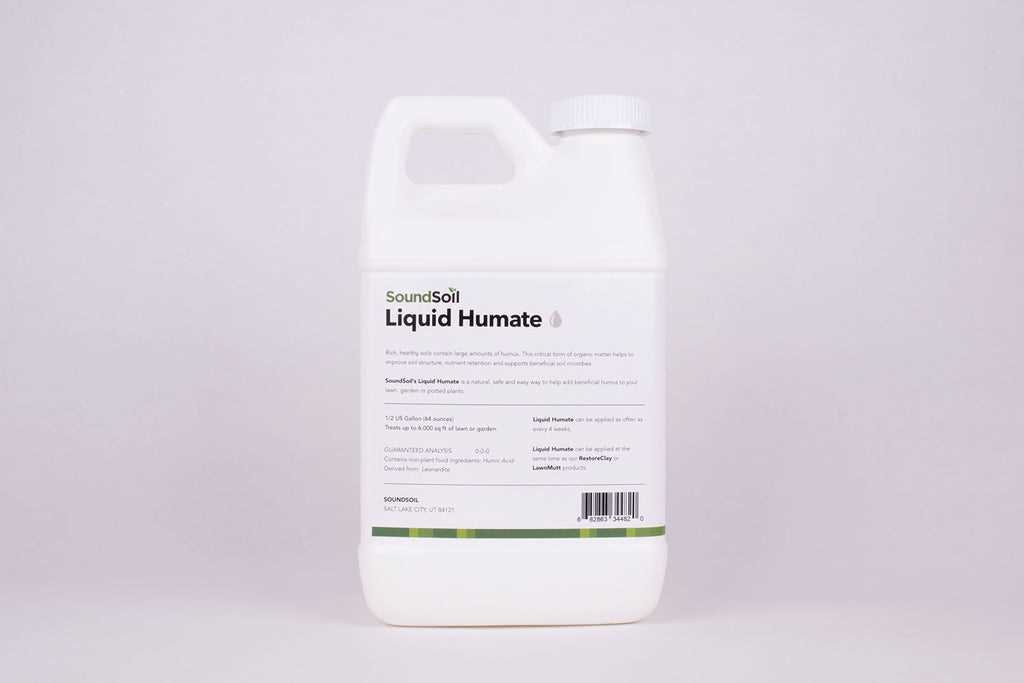

Humates have a high cation exchange capacity (CEC), which allows them to attract and hold onto nutrients in the soil. This not only prevents nutrient leaching, but also makes these nutrients more available to plants. Humates can chelate or bind essential micronutrients, making them easier for plants to absorb and utilize.
3. Stimulating Microbial Activity
Humates act as a food source for beneficial soil microorganisms, such as bacteria and fungi. These microorganisms contribute to the decomposition of organic matter and the release of nutrients in a form that plants can readily absorb. By stimulating microbial activity, humates enhance the overall health and fertility of the soil, leading to improved plant growth.
4. Increasing Water Holding Capacity


Humates have the ability to retain moisture in the soil, reducing water stress on plants. They can absorb and hold several times their weight in water, releasing it slowly to plant roots as needed. This increased water holding capacity helps to improve drought tolerance and reduce irrigation requirements.
5. Promoting Root Development
Humates contain natural plant growth hormones and other bioactive substances that promote root growth. They stimulate the development of a robust root system, which in turn leads to increased nutrient uptake and improved overall plant health. Stronger roots also help plants withstand environmental stresses, such as drought or disease.
In conclusion, humates play a critical role in promoting plant growth and development. Their ability to improve soil structure, enhance nutrient availability, stimulate microbial activity, increase water holding capacity, and promote root development make them a valuable tool in agricultural practices. By incorporating humates into soil management strategies, farmers and gardeners can optimize plant growth and achieve higher yields.
Benefits of Using Humates
- Improved nutrient uptake: Humates help to enhance the absorption and utilization of essential nutrients by plants. They act as chelating agents, which means they bind to nutrients and make them more available for plant uptake.
- Enhanced root development: Humates promote the growth of strong and healthy roots. They stimulate root elongation, increase root branching, and improve the overall root system structure. This leads to better nutrient and water uptake, as well as improved tolerance to environmental stress.
- Increased soil fertility: Humates contribute to the improvement of soil fertility by increasing its cation exchange capacity (CEC). This allows the soil to hold and release more essential nutrients for plant uptake, resulting in healthier and more productive plants.
- Stimulated plant growth: Humates have growth-promoting effects on plants. They stimulate the production of plant growth hormones, such as auxins and gibberellins, which regulate various growth processes, including cell division, elongation, and differentiation. This leads to increased plant vigor, faster growth, and improved crop yields.
- Enhanced soil structure: Humates can improve soil structure by increasing its aggregation and stability. They help to prevent soil compaction and improve water infiltration and retention. This results in better aeration and drainage, as well as reduced erosion and nutrient leaching.
- Improved stress tolerance: Humates have been found to enhance plant tolerance to various environmental stresses, such as drought, salinity, and extreme temperatures. They help plants to better cope with these adverse conditions by improving their water and nutrient uptake efficiency, regulating their osmotic balance, and enhancing their antioxidant defense system.
In summary, the use of humates in agriculture and horticulture offers several benefits, including improved nutrient uptake, enhanced root development, increased soil fertility, stimulated plant growth, enhanced soil structure, and improved stress tolerance. These benefits make humates a valuable tool for promoting plant growth and productivity.
How to Use Humates
Humates can be used in various ways to benefit plant growth. Here are some recommended methods of using humates:
1. Soil Amendment
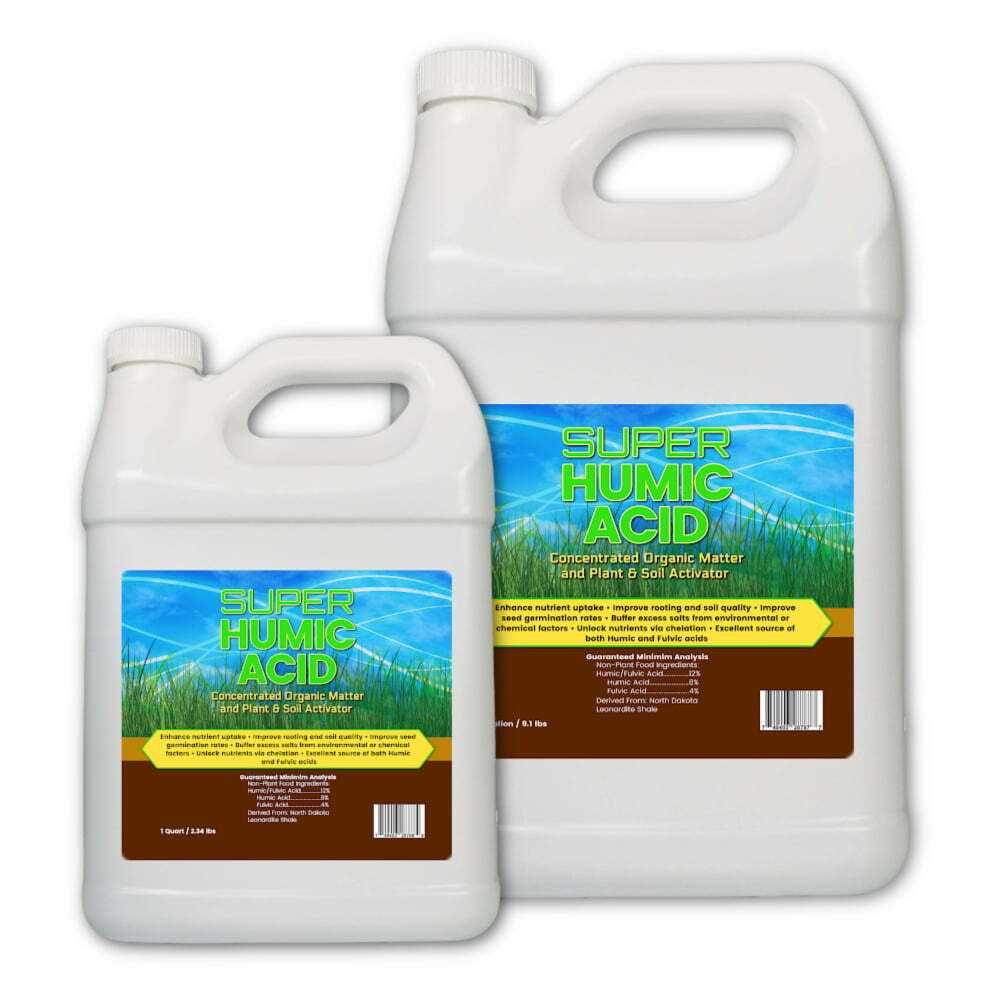

One common way to use humates is as a soil amendment. Humates can be mixed into the soil before planting or applied as a top dressing around existing plants. This allows the humates to slowly release their beneficial nutrients and improve soil structure over time.
2. Foliar Spray
Humates can also be used as a foliar spray, which is a liquid solution that is applied directly to the leaves of plants. This method allows the plants to quickly absorb the nutrients and organic matter from the humates, which can stimulate growth and enhance nutrient uptake.
3. Seed Treatment
Humates can be used as a seed treatment to enhance germination and early plant growth. Before planting, seeds can be soaked in a solution of humates, allowing the nutrients to penetrate the seed coat and provide essential nutrition to the developing seedling.
4. Compost Enhancer
Adding humates to compost can accelerate the decomposition process and enhance the nutrient content of the compost. The organic matter in humates can provide additional food for the microorganisms responsible for breaking down the compost materials, resulting in a rich and fertile compost.
5. Hydroponic Systems
Humates can also be used in hydroponic systems, which are soilless growing systems where plants are grown in a nutrient-rich water solution. Adding humates to the hydroponic nutrient solution can provide essential organic matter and trace minerals that are necessary for healthy plant growth.
Caution: When using humates, it is important to follow the recommended application rates and guidelines provided by the manufacturer. Excessive use of humates can lead to nutrient imbalances and can potentially harm plants. It is always advisable to conduct a soil test and consult with a knowledgeable professional before incorporating humates into your gardening routine.
Factors to Consider when Using Humates
When using humates as a plant growth supplement, there are several factors to consider:
- Quality of the Humates: The quality of humates can vary depending on the source and production process. It is important to choose high-quality humates that are free from contaminants and have a high concentration of beneficial organic compounds.
- Application Method: Humates can be applied in different ways, such as through foliar sprays, irrigation, or soil incorporation. The application method should be chosen based on the specific needs of the plants and the desired results.
- Dosage: The dosage of humates should be carefully adjusted to ensure optimal results. Too little may not provide the desired benefits, while too much can lead to overuse and potential negative effects on plant growth.
- Compatibility: It is important to consider the compatibility of humates with other plant growth supplements or agrochemicals that may be used in conjunction. Some products may interact negatively, causing reduced efficacy or potential phytotoxicity.
- Environmental Factors: Environmental conditions, such as temperature, humidity, and soil pH, can influence the effectiveness of humates. It is important to consider these factors and adjust the application accordingly to maximize the benefits.
- Plant Species and Growth Stage: Different plant species and growth stages may respond differently to the application of humates. It is important to consider the specific needs of the plants and tailor the application accordingly.
- Research and Monitoring: Regular monitoring of the plants’ response to humate application is essential to evaluate its efficacy. Conducting thorough research and keeping track of the results will help determine the suitability and effectiveness of humate use.
By considering these factors, growers and gardeners can make informed decisions when using humates as a plant growth supplement, maximizing their benefits and minimizing potential risks.
Potential Cautions of Using Humates
While the use of humates in plant growth has proven to provide numerous benefits, there are a few potential cautions to consider when using these substances.
1. Potential Risk of Overuse
Although humates can enhance nutrient uptake and improve soil fertility, using them excessively may lead to an imbalance in nutrient levels. It is important to follow recommended application rates and avoid overuse to prevent nutrient imbalances and potential negative effects on plant health.
2. pH Adjustment
Humates have the ability to slightly lower soil pH, which can be beneficial for certain plant species. However, in some cases, excessive use of humates may lead to a significant decrease in pH, making the soil too acidic for optimal plant growth. It is recommended to monitor pH levels regularly and adjust the application rate of humates accordingly.
3. Environmental Impact
While humates are derived from natural sources, such as leonardite or lignite, the extraction and production processes can have environmental implications. These include habitat disruption and air and water pollution. It is essential to source humates from environmentally responsible suppliers and use them judiciously to minimize the overall environmental impact.
4. Compatibility with Other Inputs
Humates can interact with other inputs, such as fertilizers and pesticides, potentially affecting their efficacy. It is advisable to conduct compatibility tests before combining humates with other agricultural inputs to ensure they work synergistically without any negative interactions.
5. Lack of Standardization
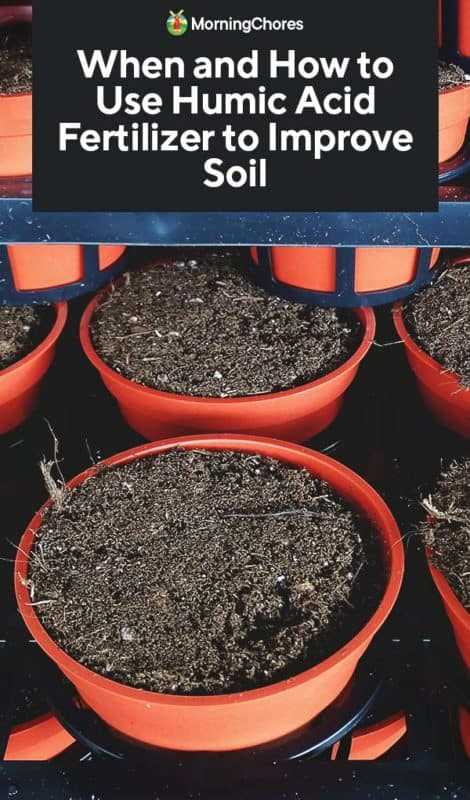

Due to the varying sources and composition of humates, there is a lack of standardization in terms of quality and efficacy. This can make it challenging to determine the optimal application rates and potential effects on plant growth. Consulting with experts or conducting trials specific to the local conditions is recommended to determine the most suitable application rate for humates.
Overall, while humates offer many benefits for plant growth, it is important to be aware of the potential cautions and take appropriate measures to ensure their safe and effective use.
Question-answer:
What are humates?
Humates are organic compounds that are formed from the decomposition of organic matter, such as plant and animal remains. They contain a high concentration of humic substances, which are beneficial for plant growth.
How do humates promote plant growth?
Humates promote plant growth by improving soil structure, enhancing nutrient availability, stimulating root development, and increasing water-holding capacity. They also improve the overall health of plants by stimulating beneficial microbial activity in the soil.
Can humates be used on all types of plants?
Yes, humates can be used on all types of plants, including vegetables, fruits, flowers, and trees. They provide numerous benefits for plant growth and can be incorporated into various gardening and farming practices.
Are humates safe for the environment?
When used according to the recommended guidelines, humates are generally safe for the environment. However, excessive use of humates can lead to the accumulation of heavy metals in the soil, which can be harmful. It is important to use humates responsibly and follow the instructions provided.
Do humates have any negative effects on plants?
Humates are generally beneficial for plants, but in some cases, they can lead to overstimulation of growth, which may result in weak and elongated stems. Additionally, excessive use of humates can alter the pH of the soil, potentially affecting nutrient availability. It is important to use humates in moderation and monitor plant response.
Can humates be used as a substitute for fertilizer?
Humates can enhance the effectiveness of fertilizers by improving nutrient availability and preventing nutrient leaching. However, they should not be used as a substitute for fertilizers. Humates and fertilizers work synergistically to provide optimal nutrition for plants.
Where can humates be purchased?
Humates can be purchased from garden supply stores, agricultural suppliers, and online retailers. They are available in various forms, such as granules, powders, and liquid concentrates. It is important to choose a reputable supplier to ensure the quality and effectiveness of the humates.







